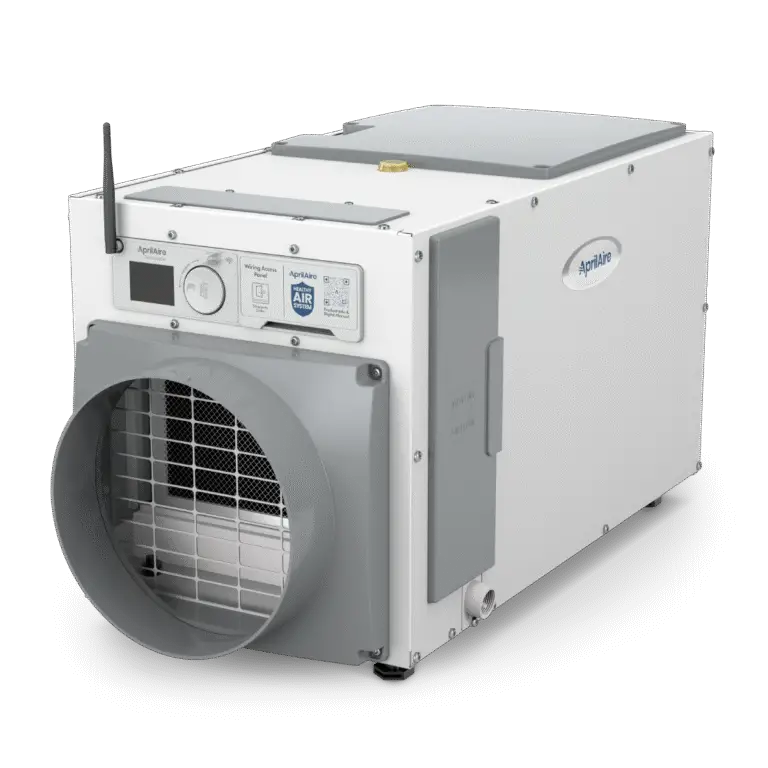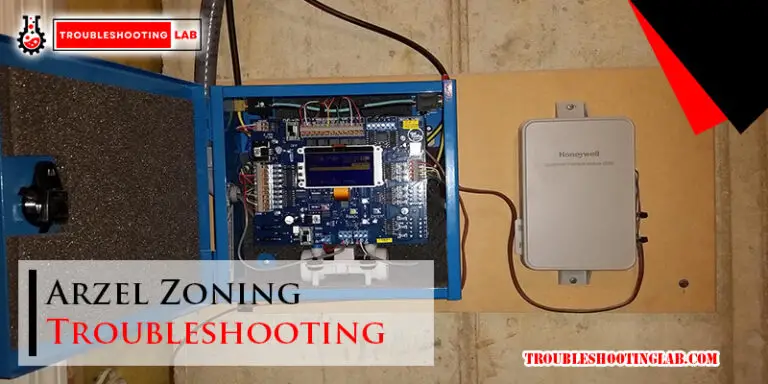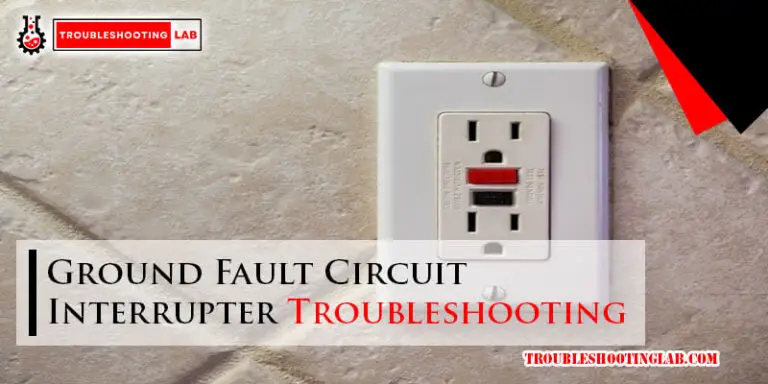Cuckoo Clock Troubleshooting: Quick Fixes for Common Issues
Cuckoo clocks are charming timepieces. They add a touch of whimsy to any home.
But what happens when these delightful clocks stop working properly? Troubleshooting a cuckoo clock can seem daunting, but it doesn’t have to be. Understanding common cuckoo clock issues can save you time and frustration. From irregular chimes to non-moving pendulums, each problem has a solution.
This guide will help you identify and fix common issues with your cuckoo clock. You’ll learn simple tips and tricks to get your clock ticking and chirping again. Whether you’re a clock enthusiast or a new owner, this troubleshooting guide will keep your cuckoo clock in perfect harmony. Dive in to discover how to maintain your charming timepiece effortlessly.
Introduction To Cuckoo Clocks
Cuckoo clocks have fascinated people for centuries. They are not just timepieces, but also pieces of art. These clocks add charm to any room and often become family heirlooms. Understanding cuckoo clocks helps in troubleshooting common issues.
History And Popularity
The history of cuckoo clocks dates back to the 18th century. Originating in Germany’s Black Forest region, these clocks became popular for their unique design. They feature a small bird that pops out to mark the hour. Over the years, cuckoo clocks have gained worldwide popularity. Collectors and enthusiasts admire their craftsmanship and intricate details.
Anatomy Of A Cuckoo Clock
Knowing the parts of a cuckoo clock aids in troubleshooting. A typical cuckoo clock has several key components. The wooden case is often hand-carved and decorated. Inside, there is a mechanical movement made of gears and levers. These parts work together to keep time and activate the cuckoo bird.
The clock face displays the time, usually with Roman numerals. Weights, often shaped like pine cones, hang below the clock. These weights power the mechanical movement. Chains or ropes connect the weights to the movement inside the clock. The pendulum swings back and forth, regulating the timekeeping.
The cuckoo bird is housed behind a small door. At the top of each hour, the bird emerges. It makes a “cuckoo” sound, thanks to tiny bellows and whistles inside the clock. Understanding these parts helps in diagnosing and fixing issues with the clock.

Credit: www.youtube.com
Clock Not Cuckooing
Is your beloved cuckoo clock not cuckooing as it should? This common issue can be frustrating, but don’t worry! There are a few key steps you can take to troubleshoot the problem. By checking the weights and inspecting the bellows, you can usually get your clock back in working order.
Check The Weights
The weights are vital for the clock’s operation. They power the movement and the cuckoo mechanism. First, ensure the weights are properly attached. They should hang freely without touching anything. Next, check that the weights are the correct ones for your clock. If the weights are too light or too heavy, the clock might not cuckoo. If everything looks good, try lifting and releasing each weight. This can sometimes reset the mechanism.
Inspect The Bellows
The bellows are small air chambers that produce the cuckoo sound. Over time, they can wear out or get damaged. Open the clock’s case and locate the bellows. Check for any tears or holes in the bellows. If they are damaged, you may need to replace them. Ensure the bellows move freely when the clock tries to cuckoo. Dust or debris can block the bellows, so clean them gently if needed.
By following these steps, you can often fix the cuckooing issue. If problems persist, consult a professional clockmaker. They can provide more detailed help and ensure your clock functions perfectly.
Pendulum Problems
Cuckoo clocks are charming pieces of art. But they can be tricky to maintain. One common issue is with the pendulum. A malfunctioning pendulum can stop the clock. Or make it run too fast or too slow. This section will help you troubleshoot pendulum problems.
Adjusting The Pendulum
If your clock runs too fast or too slow, you need to adjust the pendulum. Here’s a simple way to do it:
- First, locate the pendulum bob. It’s the disc or weight at the bottom of the pendulum rod.
- To make the clock run faster, move the pendulum bob up.
- To make the clock run slower, move the pendulum bob down.
- Use small adjustments. A little change can make a big difference.
- Check the time after each adjustment. It might take a few tries.
Fixing A Stuck Pendulum
Sometimes, the pendulum can get stuck. This can stop the clock. Here’s how to fix it:
- First, check if the clock is on a level surface. An uneven surface can cause the pendulum to stick.
- Next, gently push the pendulum to see if it swings freely. If it doesn’t, it might be caught on something.
- Look for any obstructions. Remove anything blocking the pendulum.
- Ensure the pendulum is properly attached to the clock mechanism.
- If the pendulum still sticks, you may need to clean the clock. Dust and grime can cause the pendulum to stick.
By following these steps, you can resolve most pendulum problems. This will help keep your cuckoo clock running smoothly.

Credit: www.youtube.com
Clock Runs Too Fast Or Slow
A cuckoo clock is a beautiful addition to any home. But sometimes, it may run too fast or slow. This can be frustrating. Luckily, there are ways to fix this issue. Let’s explore how to regulate the time and clean the movement.
Regulating The Time
First, check the pendulum. The pendulum controls the clock’s speed. If the clock runs too fast, move the pendulum bob down. If it runs too slow, move the bob up. This will help regulate the time.
Next, ensure the clock is level. Use a spirit level to check this. If the clock is not level, it can affect the timekeeping. Adjust the clock’s position until it is level.
Sometimes, the problem is with the weights. Ensure the weights are the right size and in the correct position. Incorrect weights can cause timekeeping issues.
Cleaning The Movement
Dirt and dust can affect the movement of your cuckoo clock. Regular cleaning is essential. Use a soft brush to remove dust from the clock’s movement. Be gentle to avoid damage.
For a deeper clean, you may need to disassemble the clock. This can be tricky. If you are not confident, seek professional help. Clean each part with a soft cloth and a mild cleaner. Ensure each piece is dry before reassembling the clock.
Lubrication is also important. Use clock oil to lubricate the gears. This will ensure smooth movement. Apply the oil sparingly to avoid excess build-up.
Chimes Out Of Sync
Cuckoo clocks are charming additions to any home. Sometimes, the chimes can get out of sync. This issue can be frustrating. Correcting it is often a simple task. Let’s explore solutions to get your cuckoo clock chiming correctly again.
Resetting The Chimes
First, try resetting the chimes. Manually move the minute hand to the 12 o’clock position. Listen for the chime. If the chime sounds, move the minute hand to the 6 o’clock position. Listen again. Repeat this process until the chimes align correctly with the hour.
Inspecting The Gears
Next, inspect the gears inside the clock. Open the back panel carefully. Look for any loose or damaged gears. Gears must be intact and properly aligned. If you find any issues, consider consulting a professional for repairs.
Weight Issues
Weight issues in cuckoo clocks can cause the clock to run too fast or too slow. They may even stop the clock altogether. Understanding how to address these issues can help your cuckoo clock function properly.
Balancing The Weights
Proper weight balance is crucial for a cuckoo clock. If the weights are not balanced, the clock can malfunction. To balance the weights, ensure each weight hangs freely. Check that the chains are not tangled or obstructed. A tangled chain can disrupt the weight balance.
Sometimes, the clock may lean to one side. Use a level to ensure the clock is even. Adjust the position of the clock if needed. Always place the clock on a stable surface.
Replacing Damaged Weights
Damaged weights can affect the clock’s performance. Inspect the weights for visible damage. Look for cracks, dents, or deformations. Damaged weights need immediate replacement.
To replace a weight, first, remove the damaged one. Then, attach a new weight of the same type and size. Ensure the new weight matches the old one in terms of weight and shape. This helps maintain the clock’s balance and accuracy.
After replacing the weight, test the clock. Observe if it runs smoothly. If issues persist, recheck the weights and the clock’s level.
Repairing The Cuckoo Bird
The cuckoo bird is a charming feature of any cuckoo clock. However, it can sometimes malfunction. Understanding how to repair the cuckoo bird will help keep your clock running smoothly.
Adjusting The Bird Mechanism
The bird mechanism might need adjustment if the bird doesn’t move correctly. First, check the arm that holds the bird. Ensure it is straight and not bent. A bent arm can prevent the bird from moving properly. Adjust it gently if needed.
Next, examine the wire that connects to the bird. This wire should be taut but not too tight. If it’s loose, tighten it carefully. Make sure it moves the bird smoothly. Also, inspect the perch. It should allow the bird to sit and move freely. Adjust the perch if necessary.
Fixing A Broken Bird
A broken bird can be a common issue in cuckoo clocks. First, identify the broken part. If the bird itself is broken, you might need a replacement. Many clock shops sell replacement birds. Ensure you get one that matches your clock’s size and design.
If the bird’s connection to the mechanism is broken, you can repair it. Use a small amount of glue to reattach any broken pieces. Allow it to dry completely before testing. If the mechanism itself is damaged, you might need professional help. A clock repair specialist can fix or replace the mechanism.

Credit: frankenmuthclock.com
Maintaining Your Cuckoo Clock
Keeping your cuckoo clock in great condition ensures its longevity. Regular maintenance prevents common issues and helps the clock run smoothly. Here are some tips to maintain your cherished timepiece.
Regular Cleaning
Dust can accumulate inside the clock and affect its performance. Regular cleaning is essential. Use a soft cloth to wipe the exterior. Be gentle to avoid damaging the intricate details.
For the interior, use a small, soft brush to remove dust from the clock’s parts. Avoid using water or harsh chemicals. These can damage the delicate mechanisms.
| Part | Cleaning Method |
|---|---|
| Exterior | Soft cloth |
| Interior | Soft brush |
Professional Servicing
Even with regular cleaning, your cuckoo clock may need professional attention. A trained clockmaker can identify and fix issues that are not visible to the naked eye. It is recommended to get your clock serviced every three to five years.
During a professional servicing, the clockmaker will:
- Check and clean the movement
- Lubricate the moving parts
- Adjust the clock for accurate timekeeping
Regular professional servicing ensures the clock’s precision and prevents major repairs. It is a small investment for your clock’s health.
Frequently Asked Questions
How Do I Fix A Cuckoo Clock That Won’t Chime?
Check the weights and pendulum. Ensure they are correctly positioned. Inspect the clock hands for obstructions.
Why Does My Cuckoo Clock Keep Stopping?
Verify the clock is level. Check the pendulum motion. Ensure there are no obstructions inside the clock.
What Causes Cuckoo Clock Hands To Move Incorrectly?
Hands may be too tight or loose. Adjust the nut holding them. Ensure they are not touching each other.
How Do I Reset My Cuckoo Clock After A Power Outage?
Move the minute hand to the next hour. Wait for the chime. Repeat until the correct time is set.
Why Isn’t The Cuckoo Bird Coming Out?
Check for obstructions in the door. Ensure the bird lever is not jammed. Make sure the weights are properly positioned.
Conclusion
Fixing a cuckoo clock can seem daunting, but it’s manageable. Start with simple checks. Ensure the clock is level. Check the weights and chains. Regularly clean the clock. These steps often solve common issues. For complex problems, consult a professional.
Remember, patience is key. With care, your cuckoo clock will keep ticking. Enjoy the rhythmic charm of your clock. Happy troubleshooting!






